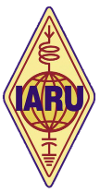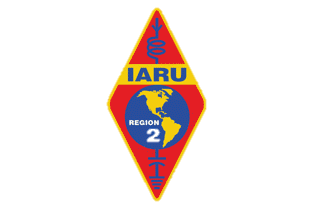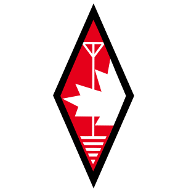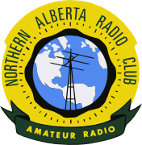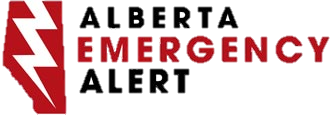What is Amateur (HAM) Radio?

Amateur radio, also known as ham radio, describes the use of the radio frequency spectrum for purposes of non-commercial exchange of messages, wireless experimentation, self-training, private recreation, radio sport, contesting, and emergency communication. The term "amateur" is used to describe those who are involved in radio with a purely personal aim and without receiving monetary gain. This is also to differentiate it from the commercial broadcasting, public safety (such as police and fire), or professional two-way radio services (such as maritime, aviation, taxis, etc.).
The amateur radio service (amateur service and amateur-satellite service) is established by the International Telecommunication Union (ITU) through the Radio Regulations. National governments regulate technical and operational characteristics of transmissions and issue individual stations licenses with an identifying call sign. Prospective amateur operators are tested for their understanding of key concepts in electronics and the host government's radio regulations. Radio amateurs use a variety of voice, text, image, and data communications modes and have access to frequency allocations throughout the RF spectrum. This enables communication across a city, region, country, continent, the world, or even into space. In many countries, amateur radio operators may also send, receive, or relay radio communications between computers or transceivers connected to secure virtual private networks on the Internet. Amateur radio is officially represented and coordinated by the International Amateur Radio Union (IARU), which is organized in three regions and has as its members the national amateur radio societies which exist in most countries. According to an estimate made in 2011 by the American Radio Relay League, two million people throughout the world are regularly involved with amateur radio. About 830,000 amateur radio stations are located in IARU Region 2 (the Americas) followed by IARU Region 3 (South and East Asia and the Pacific Ocean) with about 750,000 stations. A significantly smaller number, about 400,000, are located in IARU Region 1 (Europe, Middle East, Russia, Africa).
Where did the "Ham" come from?
The farm of course... Where did you think it came from?
But really...
As early as 1901, the terms "ham" and "plug" were used by landline telegraphers to describe an operator "who lacks ability" or who had poor or "ham fisted" skills. Early radio (initially known as wireless telegraphy) included many former wire telegraph operators, and within the new service "ham" was employed as a derogative term by professional radiotelegraph operators to suggest that amateur enthusiasts were unskilled.
In "Floods and Wireless" by Hanby Carver, from the August 1915 Technical World Magazine, the author noted "Then someone thought of the 'hams'. This is the name that the commercial wireless service has given to amateur operators..." Even among amateur radio operators, the term was used by serious experimenters. For example, in December 1916 QST magazine, an amateur operator working on long distance message passing describes one way to avoid interference was to send messages "...on Thursday nights, when the children and spark coil 'hams' are tucked up in bed" (a spark coil was an unsophisticated radio transmitter, made from an automobile ignition coil, that produced noisy interference). But only a few months later, in an indication of the changing use of the term among amateurs, a QST writer uses it in a clearly complimentary manner, saying that a particular 16-year-old amateur operator "...is the equal of a ham gaining five years of experience by hard luck."
Use of "ham" as a slur by professionals continued, however. A letter from a Western Union Telegraph Company employee, printed in the December 1919 edition QST, showed familiarity with the word's negative connotations, expressing concern that "Many unknowing land wire telegraphers, hearing the word 'amateur' applied to men connected with wireless, regard him as a 'ham' or 'lid'". But many other amateurs increasingly adopted the word "ham" to describe their hobby and themselves during this period, embracing the word that was originally an insult, similar to the way Yankee Doodle evolved, as seen, for example, in Thomas F. Hunter's exuberant "I am the wandering Ham" from the January 1920 issue of QST.
How do I get involved?
Getting involved can be as simple as meeting up with the local group for coffee, or studying to get your Amateur Radio Certificate. In Canada, there are 4 classes of certificate. There is CW (Morse Code), Basic, Basic with Honours, and Advanced. With the different levels of certification, one can obtain different privileges on the Amateur Radio Bands. To transmit on the Amateur Radio bands in Canada, ISED Canada (Innovation, Science, and Economic Develepment) requires an individual to write and pass a competency test. The best way to describe the certificate you get after passing the test, is to say it is a license to start experimenting.
Without passing the ISED test, you can only operate a radio on the Amateur Radio bands under the direct supervision of an Amateur Radio Operator qualified for the band, mode, and power output of the station.
On the Home Page, we have a Contact Us form that you can fill out for more information.
Copyright © Fort McMurray Amateur Radio Club All Rights Reserved


